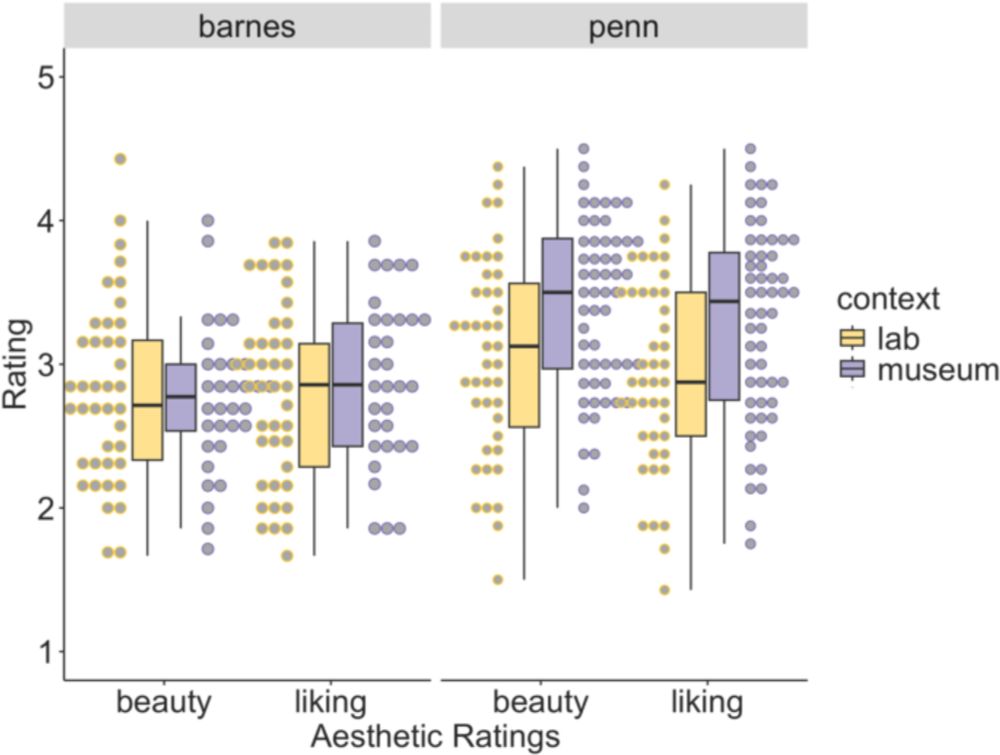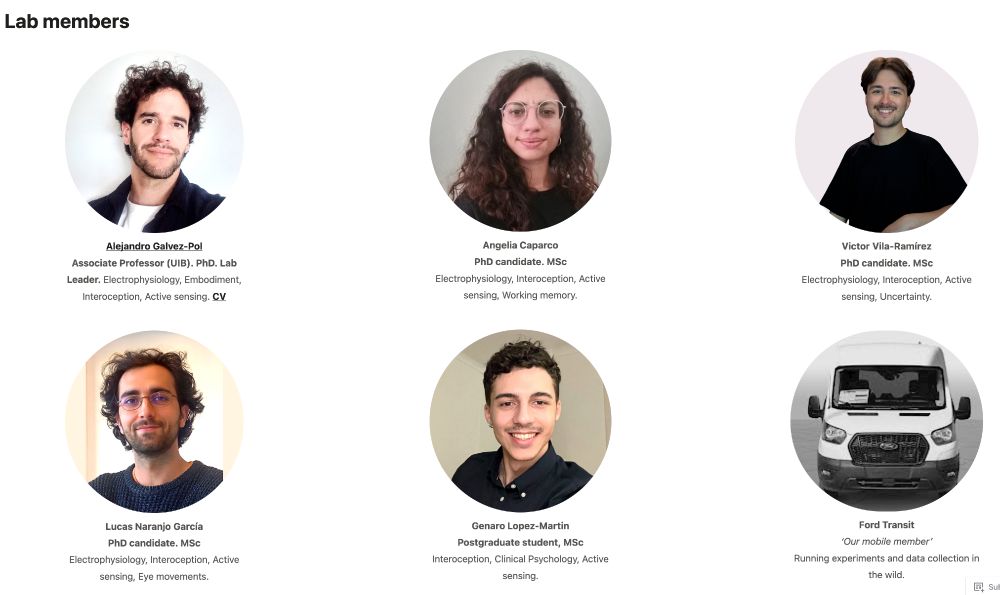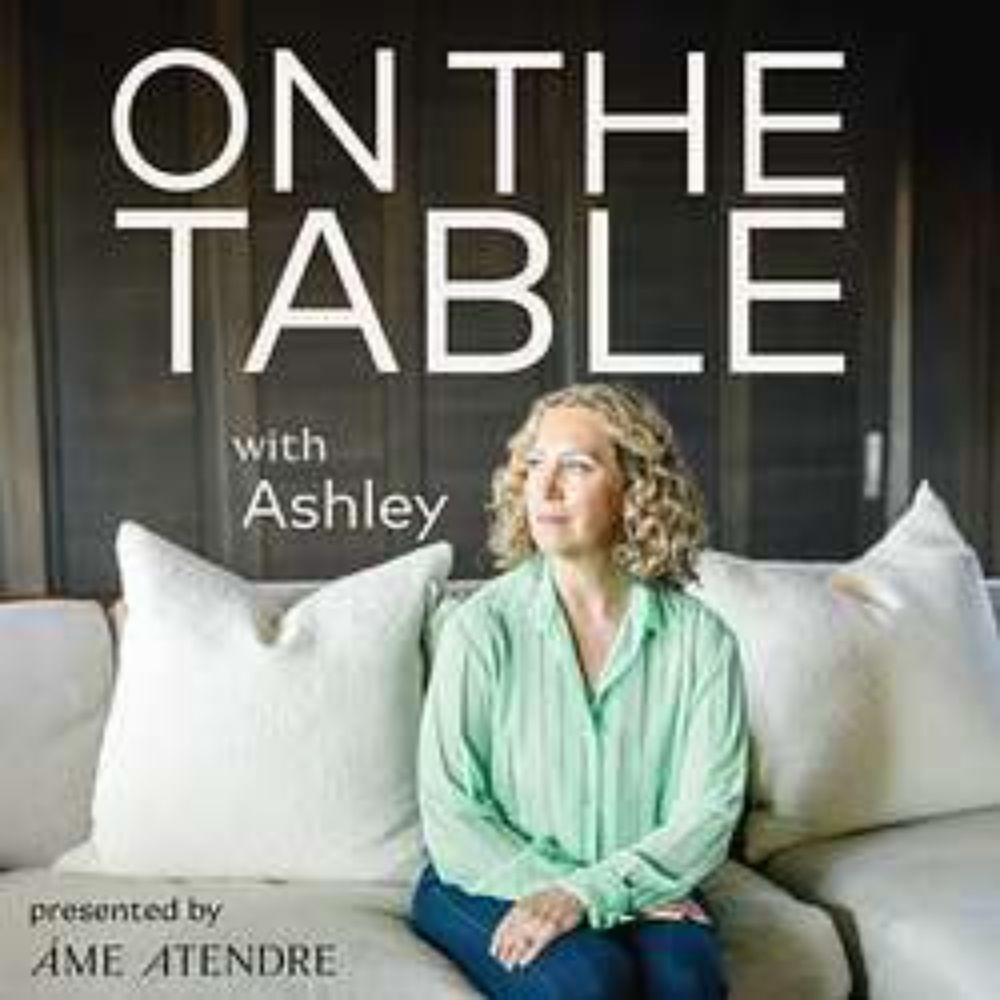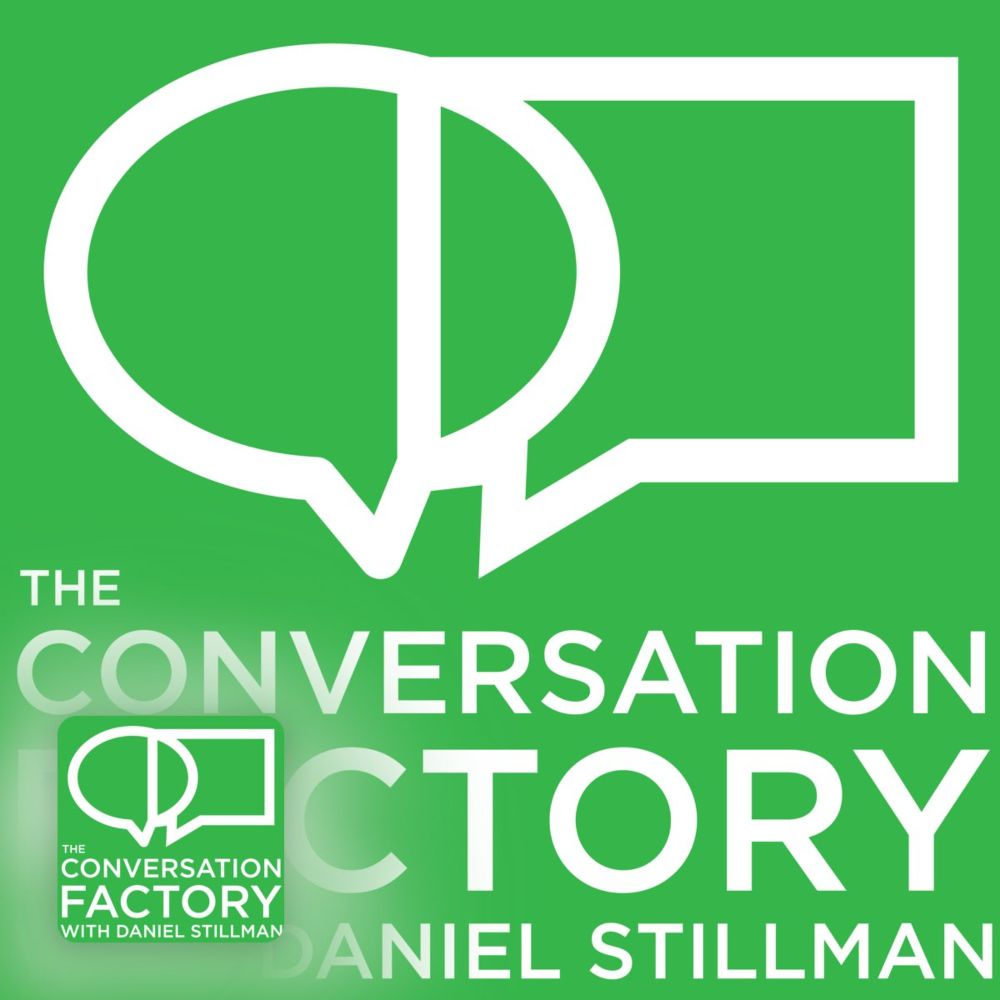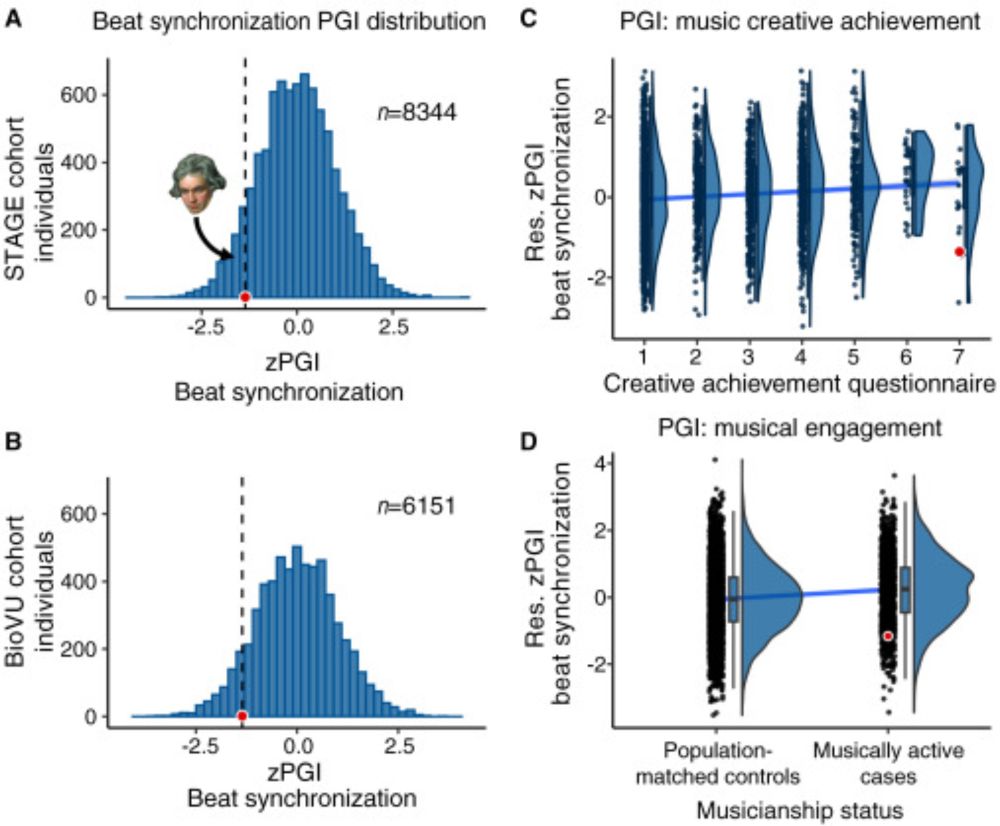Posts
Media
Videos
Starter Packs
Reposted by Marcos Nadal
Reposted by Marcos Nadal
Martin Skov
@mskov01.bsky.social
· Mar 14
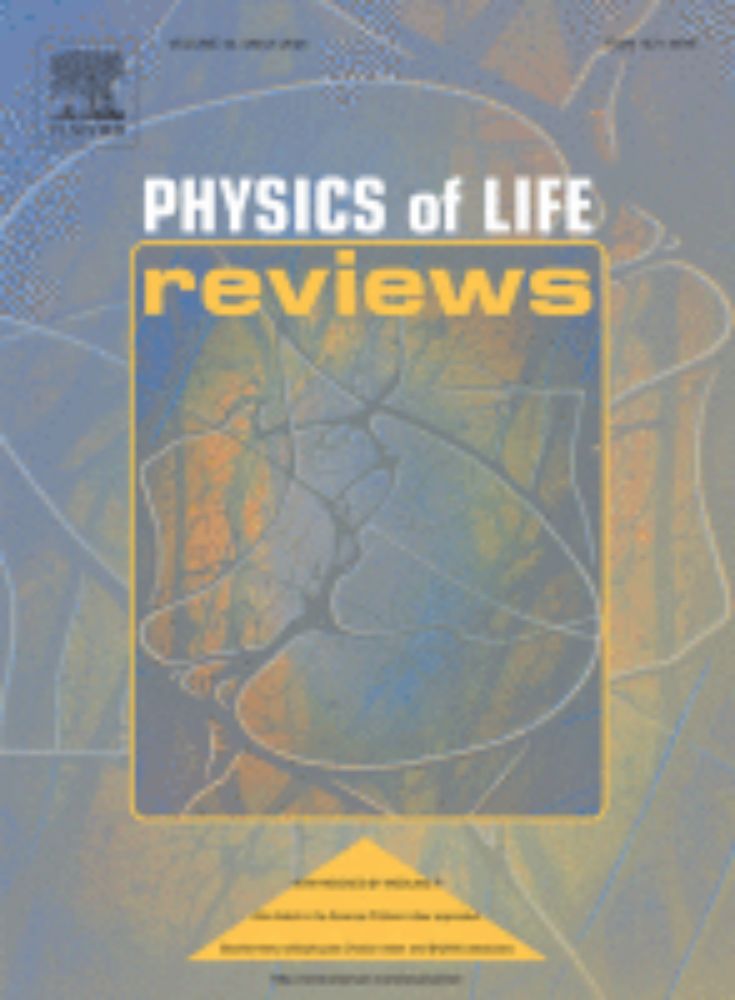
Can arts-based interventions improve health? A conceptual and methodological critique
Can art improve health and wellbeing? The claim that there is strong evidence that engaging with art ameliorates symptoms of mental and physical disor…
www.sciencedirect.com
Reposted by Marcos Nadal
Marcos Nadal
@mnadal.bsky.social
· Nov 28
Marcos Nadal
@mnadal.bsky.social
· Nov 28
Marcos Nadal
@mnadal.bsky.social
· Nov 28
Marcos Nadal
@mnadal.bsky.social
· Nov 28
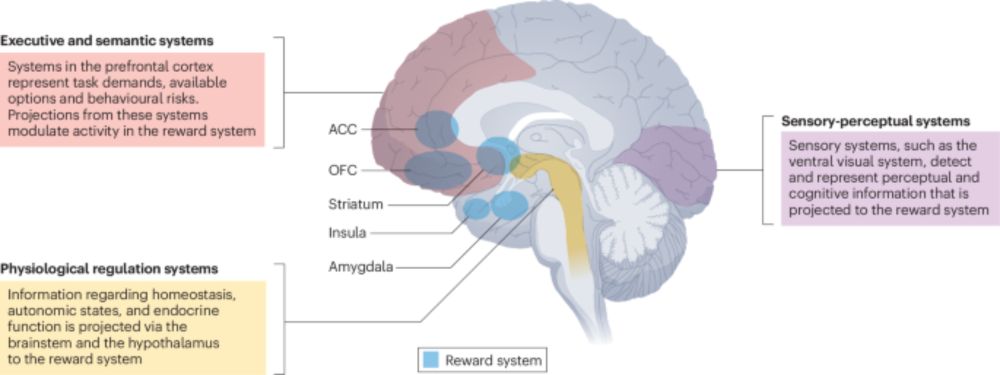
The sensory valuation account of aesthetic experience - Nature Reviews Psychology
Aesthetic experience has traditionally been considered a unique kind of experience that occurs when people view specific objects such as artwork. In this Perspective, Nadal and Skov posit an account o...
doi.org


